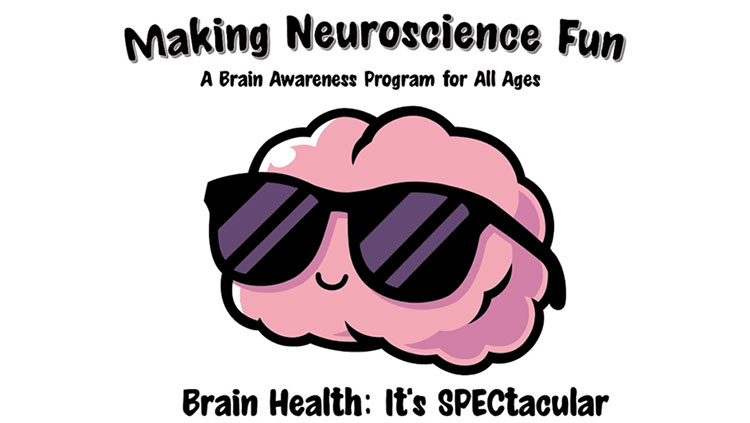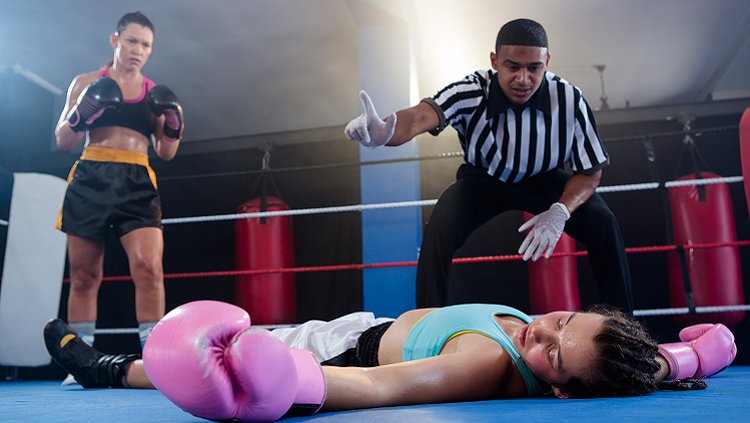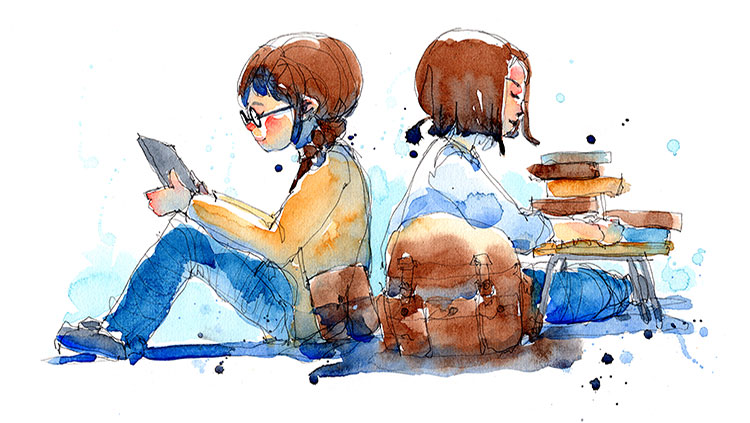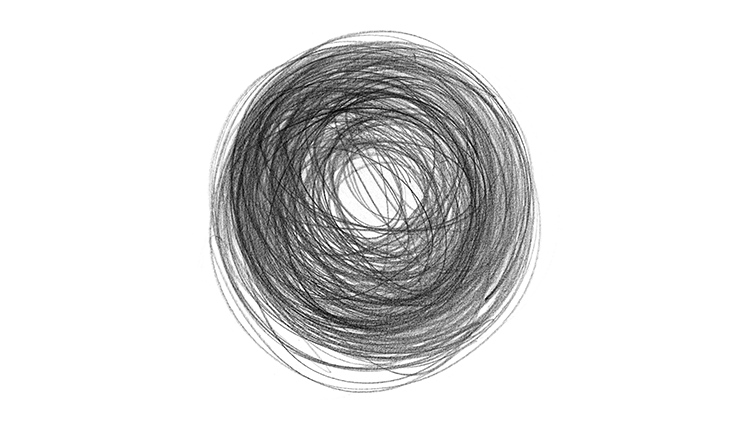Decoding the Teenage Brain (in 3 Charts)
- Published3 Sep 2019
- Reviewed3 Sep 2019
- Source Edutopia
Read more about teenagers' brains and the impact peer pressure can have on their increase in risk-taking behavior. Then, learn how to use these effects in the classroom to help your students.
Access Decoding the Teenage Brain from Edutopia.
CONTENT PROVIDED BY
Edutopia
Also In Teaching Techniques
Trending
Popular articles on BrainFacts.org












